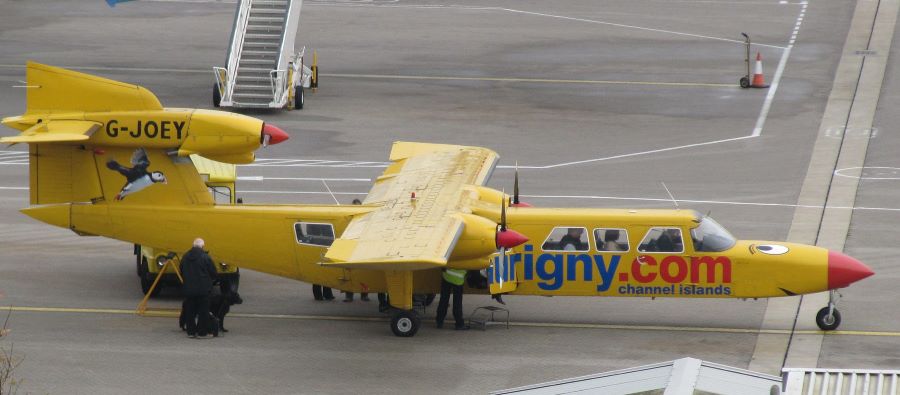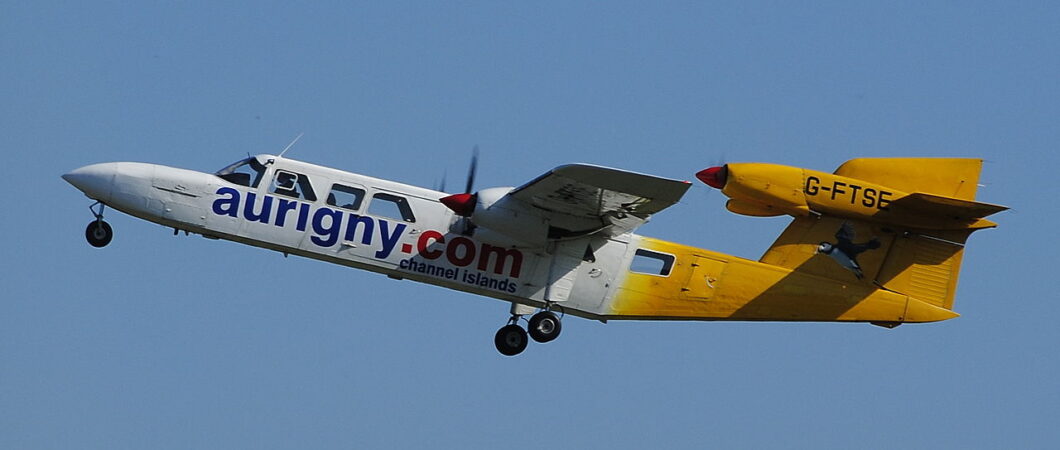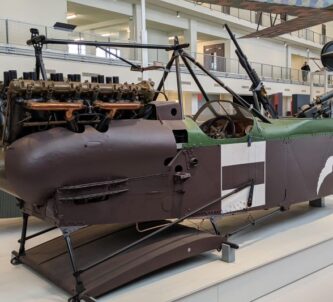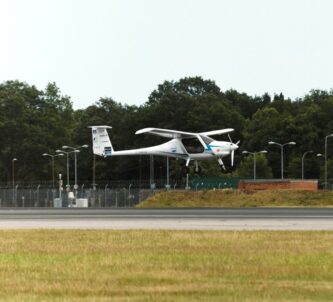An interesting article appeared in the Southern Daily Echo regional newspaper yesterday, about a Britten-Norman Trislander joining the collection at the Solent Sky museum in Southampton
Iconic Trislander at Solent Sky Museum in Southampton
What struck me was some of the slightly mean-minded comments about the Trislander, challenging whether it should be described as ‘iconic’. To be fair, it might not have been a lovely aircraft to fly in, but it was an ingenious design for its role, certainly unusual, and yes, in aero industry terms, iconic. Lets hear it for the Trislander!*
Trislanders were built by Britten-Norman on the Isle of Wight between 1971 and 1982, and were mainly used by the launch customer, Guernsey-based regional airline Aurigny right up to 2017 on routes around the Channel Islands, France and Southern England (Southampton). They had three engines and carried 18 passengers, packed like sardines in a narrow fuselage.
Back in the late 1980s/early 90s, I flew on Aurigny Trislanders a couple of times to Guernsey and Alderney, and I have clear memories.
- Firstly, they were cramped, but you could see what was going on; there was no cockpit. The (single) pilot was in there with you and depending how far back you were sitting, you shared his/her view.
- They were light. The very first thing the ground crew did on arrival was put a prop under the tail so it couldn’t tip up as it was unloaded and passengers got out! Once carefully reloaded with passengers seat by seat (evenly distributed if not full) and luggage (you couldn’t take much), the ground crews’ last action was to carefully remove the prop!
- They were noisy. Surrounded by three engines, the cabin was a noisy environment, made slightly worse by the un-synchronised engines. You might be able to synch two engines, but three engines, especially with 2 x three bladed propellers and 1 x two bladed propeller on some models, was practically impossible. So the whole flight you had that “brrm – – – brrm — brrm – brrm-brrmbrrmbrrm – brrm — brrm – – -brrrm” sound!
- They could be a little skittish. They were light aircraft with a service ceiling of 13,000 ft (4,000 m) although my memory was that they flew more around 6,000 ft. Pros: better views under the clouds. Cons: Bouncier!
- They were popular with kids. One of Aurigny’s Trislanders had the registration G-JOEY and became well-known among school-children on the islands as it flew over… helped by the airline painting a smile, eyes, and a red nose on it. Soon the adventures of G-JOEY became a children’s book series. Six fiction books – ‘The Little Yellow Plane Adventures’ – by author Peter Seabourne chronicled Joey’s battles with thunderstorms, tracking oil slicks, dealing with mischievous stunt planes, etc. And the airline created a fan club whose members old & young got sent photos and updates about what Joey was doing.

Britten-Norman built a total of 72 Trislanders. Aurigny operated 16 of them. They are still being operated in the Caribbean and South America where their ability to carry a large number of passengers and still land on short runways is popular with local airlines.
Besides the few still operational, there are three Aurigny Trislanders preserved in museums. The one at Solent Sky, one at IWM Duxford, and G-JOEY at a tourist attraction on Guernsey called Oatlands Village.
* I’ve never really noticed the ‘S’ in Trislander before. I’ve always pronounced it “tri-lander”, and I think everyone else does too, because it was a development of Britten-Norman‘s successful twin-engine Islander aircraft, which they are still producing.
PHOTOS
Aurigny Trislander G-FTSE (Photo: NMOS332, CC BY-SA 2.0, via Wikimedia Commons)
G-Joey (Photo: Steve Knight CC BY 2.0)








Wonderful aircraft, I experienced inverted flight on one trip to GCI during a storm. Yes noisy, but effective.
Blimey! Scared? Did you ever fly in one again?!